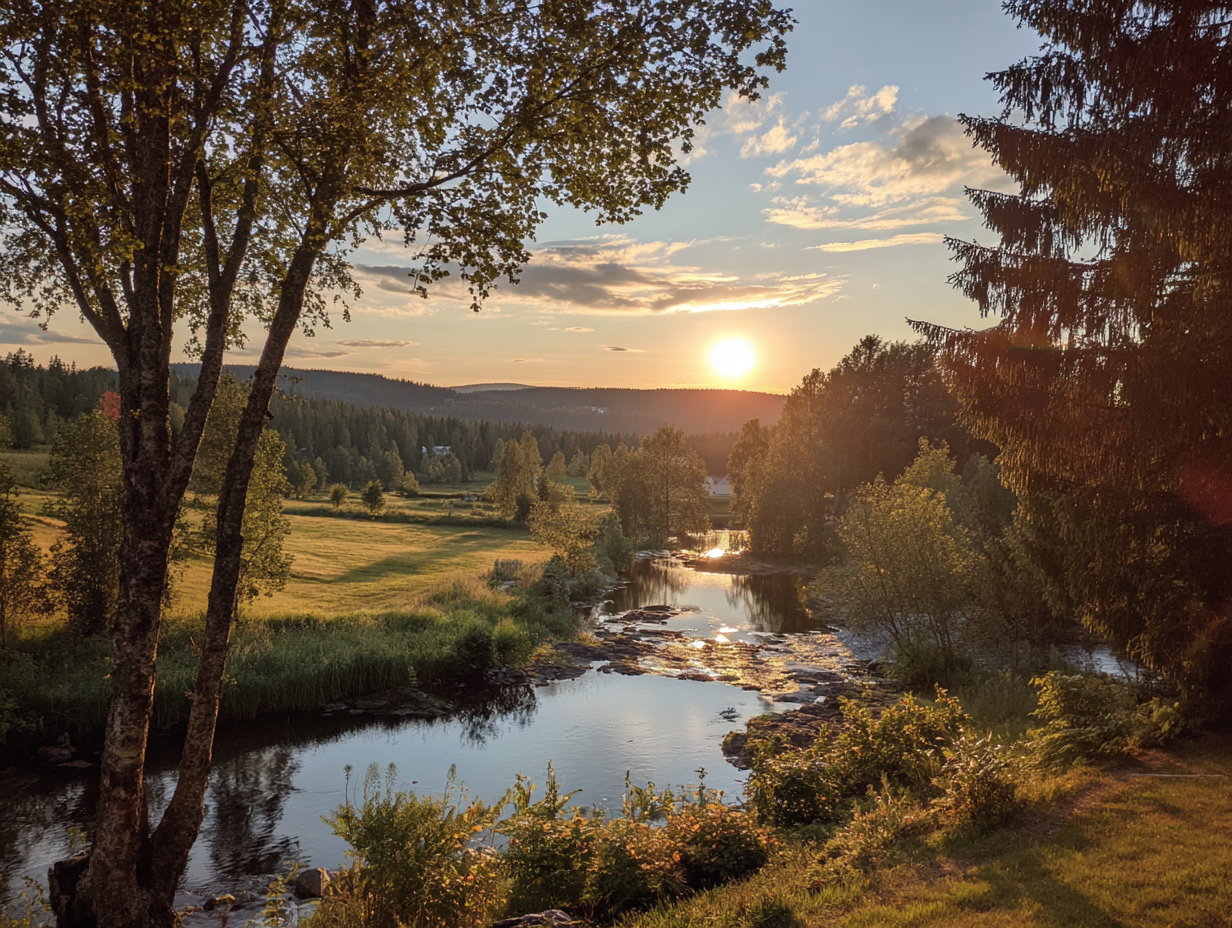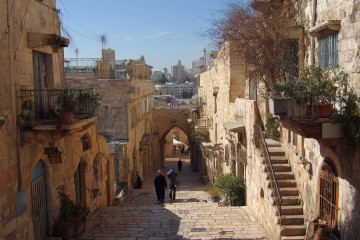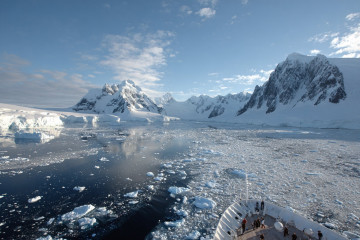Around the world, daylight plays by different rules. In some places, the sun doesn’t bother to set for weeks, and in others, it disappears completely, leaving months of darkness broken only by the glow of the northern lights. These extremes of light and dark shape how people live: dinners happen at midnight, festivals run throughout the nightless summer, and winter turns into a season of quiet reflection. If you’ve ever wanted to know what it feels like to have a day or a night that never ends, these are the countries to visit, and the best times to go.
Norway
Norway does the midnight sun like nowhere else. Cross into the Arctic Circle to Tromsø, Nordkapp, the Lofoten Islands or Svalbard and you will find the sun hanging in the sky for weeks on end. In Svalbard, it doesn’t set at all between late April and late August, highlighting glaciers in an eerie glow. Tromsø and the northern coast get about 76 days of continuous daylight between late May and late July, perfect for late-night hikes, fjord kayaking or just watching the sun skim the horizon at midnight. The light peaks around the June solstice, making June and early July the best time to go.
Iceland
In Iceland, the sun never drops below the horizon in June, especially if you make the trip to Grímsey Island, the country’s only spot on the Arctic Circle. Reykjavík and the south don’t get the midnight sun properly, but they do get endless sunny evenings where the sky stays bright well past midnight. Plan to go around the summer solstice for the full effect, when you can hike lava fields and soak in hot springs under a luminous, sleepless sky.
Sweden
Head to Swedish Lapland: Kiruna, Abisko, Gällivare, and you will get around 50 days of midnight sun from late May to mid-July. Abisko is a favoured spot for its clear skies and national park trails that look otherworldly in 2am daylight. This is a season for camping, fishing and endless summer barbecues, and early June is ideal if you prefer fewer mosquitoes and quieter trails.
Finland
Finnish Lapland is where daylight seems to pause. In Utsjoki and the northernmost villages, the sun doesn’t set for 70+ days straight, from mid-May until late July. Even Rovaniemi, Santa Claus’s “official” hometown, gets around a month of it. Midnight golf tournaments, lake swims at 3am and hiking without a torch are summer rituals here. Go in June if you want the full burst of daylight; by late July the nights start to return, and with them the first hints of the northern lights.
United States
Alaska’s far north sees some of the longest stretches of light on the planet. In Utqiagvik (Barrow), the northernmost town, the sun rises in mid-May and doesn’t set again until early August, making it 84 days of pure daylight. Summer here comes with tundra flowers in bloom and bowhead whales offshore. Fairbanks and Denali further south still get 22 hours of light near the solstice, which is plenty for back-to-back hikes and midnight fishing.
Greenland
Greenland’s summer light feels endless. In Qaanaaq and the far north, the sun stays up from late April to late August; in Ilulissat, where icebergs drift through a UNESCO-listed fjord, you get six weeks of midnight sun in June and July. The ice glows gold at midnight here, making Greenland a photographer’s dream. July is the sweet spot for boat trips among icebergs and spotting whales.
Canada
Canada’s Arctic, Yukon, Northwest Territories and Nunavut gets its own stretch of sleepless summer. In Nunavut’s northern regions, the sun stays above the horizon for about two months around the solstice. Farther south in Whitehorse or Yellowknife, there is no true midnight sun but twilight lingers late into the night. June is ideal for canoe trips, wildlife watching and road trips under a sky that never quite darkens.
Russia
In Russia’s far northwest, Murmansk gets about two months of polar days from late May to late July. The sun circles overhead but never dips below the horizon, casting a perpetual gleam over the Kola Peninsula. This is when you can hike tundra trails, go on White Sea cruises, and experience the region’s Sami culture without worrying about nightfall. June is the brightest, most atmospheric time to visit.



